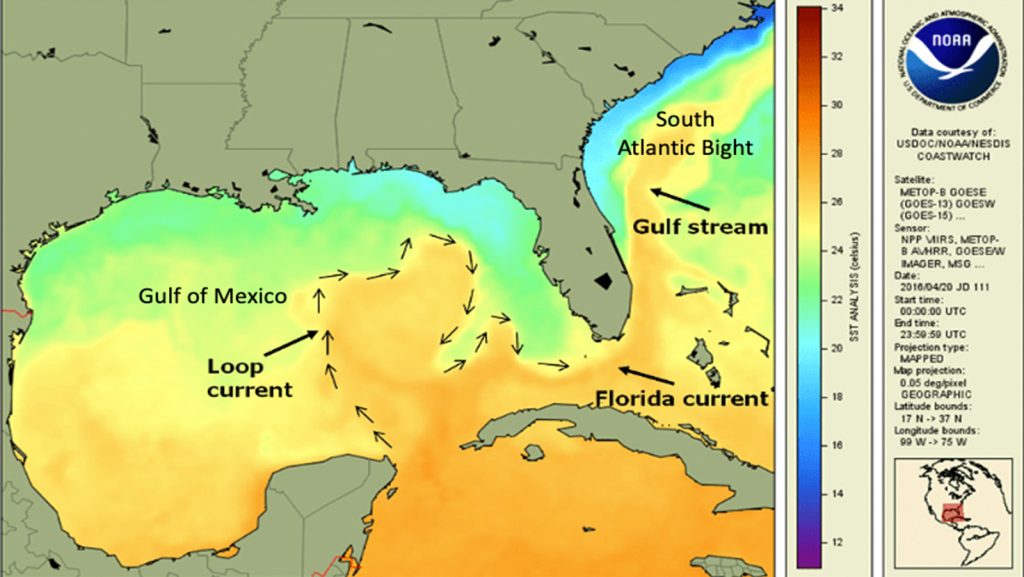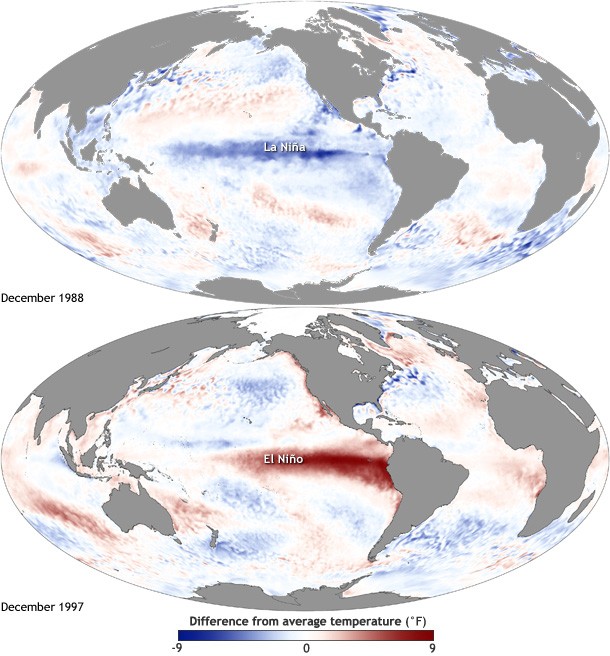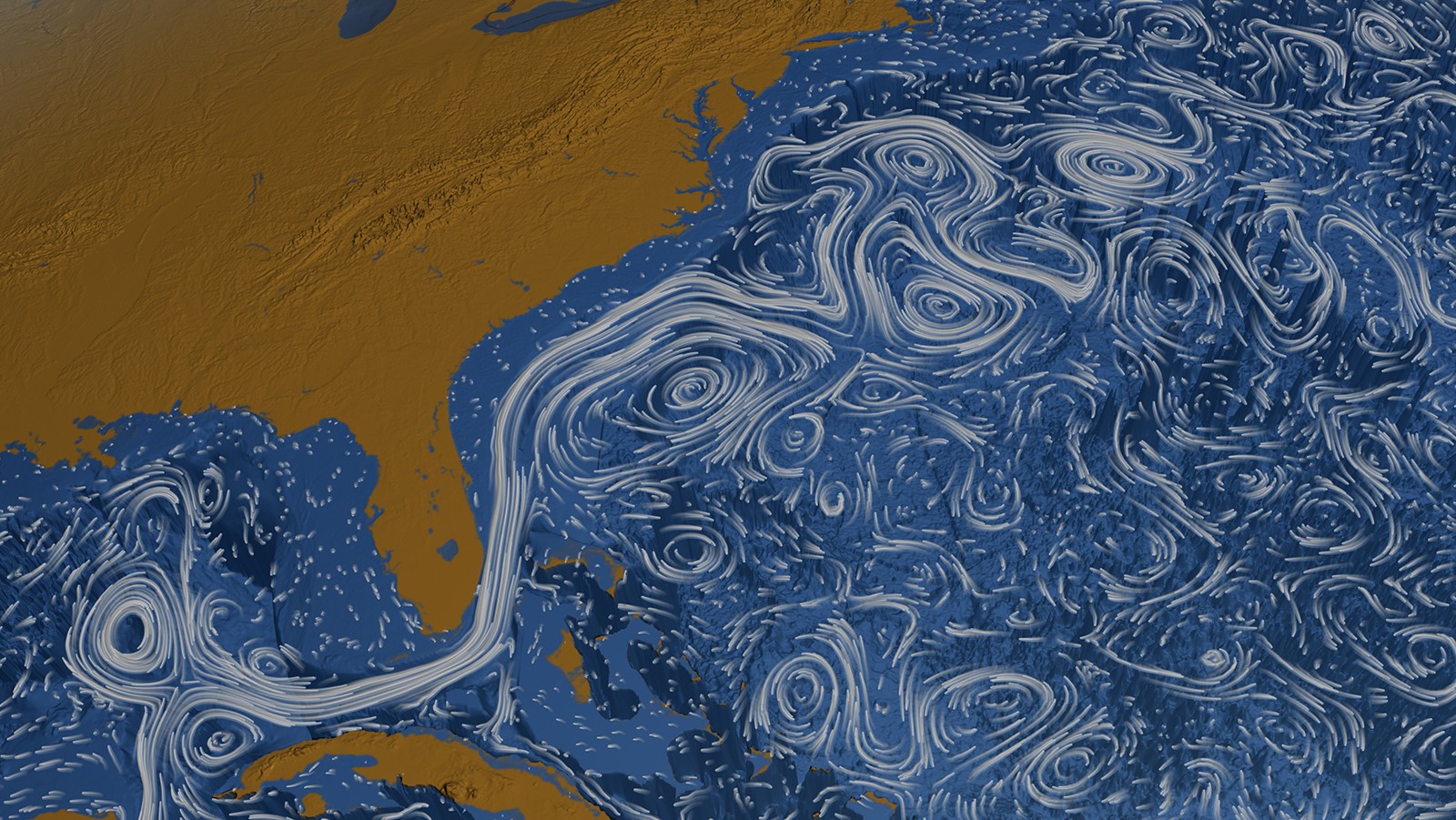New research by scientists at NOAA’s Atlantic Oceanographic and Meteorological Laboratory (AOML) shows that changes in temperatures in the equatorial Pacific Ocean, called El Niño-Southern Oscillation (ENSO), can help predict changes in the Florida Current that occur three months later. Scientists also conclude that ENSO’s influence on the Florida Current affects sea level on the eastern side of the Florida Straits.
“The Florida Current is a critical component of the Meridional Overturning Circulation (MOC), which plays a substantial role in climate and weather,” said Shenfu Dong, NOAA AOML oceanographer and lead author of the study. “Establishing this strong relationship between the Florida Current and ENSO not only benefits coastal communities for sea level prediction, it could also help us better predict extreme weather events and climate.”
The Florida Current is a strong oceanic current flowing northward along the eastern coast of Florida through the Florida Straits. It carries warm tropical waters that eventually feed the Gulf Stream (seen below). Scientists monitor the Florida Current because it influences weather, climate, and societal issues, including changes in coastal sea level and flooding events. Previous studies have investigated drivers of variability in the Florida Current transport, but it is not yet fully understood.

El Niño and La Niña are the warm and cool phases of a recurring climate pattern across the tropical Pacific, known as the El Niño-Southern Oscillation, or ENSO for short. ENSO is one of the most important drivers of global climate because of its ability to influence temperatures and precipitation across the globe, affecting ecosystems and economies worldwide.
Analyzing in-situ and satellite observations from 1993 to 2020, AOML scientists found warming conditions in the Pacific (El Niño) resulted in low pressure anomalies in the Gulf of America, and high pressure anomalies that extended into the Caribbean Sea from the tropical Atlantic. This pressure pattern is associated with anticyclonic winds over the Caribbean Sea and the Bahamas that drive abnormal oceanic convergence, which causes higher sea levels in those regions. Oceanic convergence refers to the process of water particles flowing into and accumulating in an area. The Florida Current strength is proportional to the sea level difference between the Bahamas and Florida. Rising sea levels near the Bahamas increase the slope of sea level across the Florida Straits, and hence, a stronger Florida Current

A cooling condition (La Niña) in the equatorial Pacific will have the opposite effect, resulting in reduced Florida Current transport and lower sea levels.
